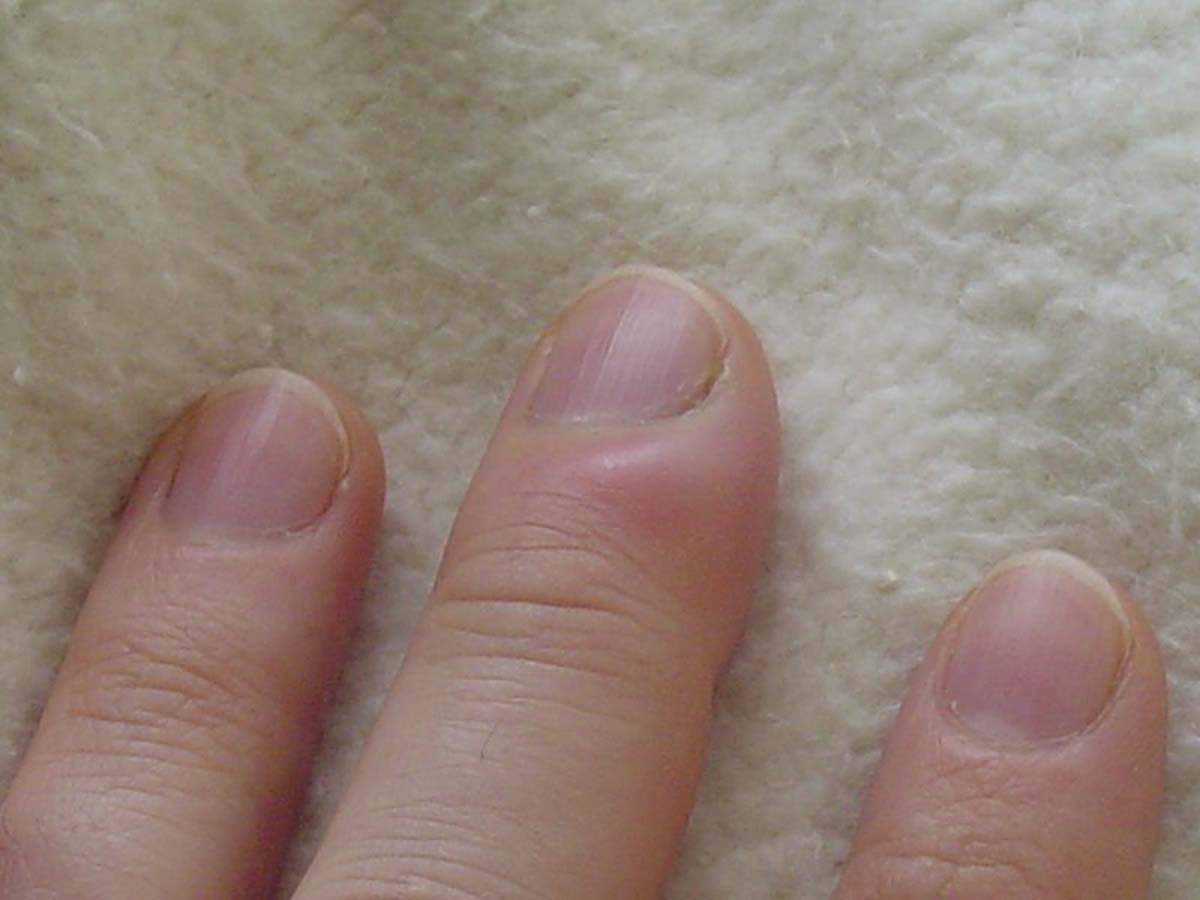Caring for an Infected or Ingrown Toenail
Table of Content
Existing medical conditions can put you at even greater risk. It’s important to consult a physician right away if you have a weakened immune system or diabetes. Toenail fungus can be treated with a variety of home remedies, including over-the-counter ointments and natural oils. Based on the type of infection you have, a doctor may prescribe oral medications like antifungals or antibiotics. Working on your feet all day can do a number on your feet, legs, and back. Learn tips for choosing the right shoes, stretching, and home care.
Get an antibiotic or antifungal lotion and apply it directly on the skin and around it and also, around the nail bed. There are certain home remedies you could try when you have an infected ingrown toenail. Shoes that place too much pressure on your toes or pinch them may cause a nail to grow into surrounding tissue. If you have nerve damage to your feet, you may not be able to sense if your shoes fit too tightly.
Preventing ingrown toenails
Call your health care provider if the toe isn't healing. Ingrown toenails usually heal without causing permanent damage. But, sometimes, they can lead to serious complications. See your doctor if you have an underlying condition that puts you at risk for complications, such as diabetes.

In this case, your doctor may recommend a partial or full matrixectomy to remove the toenails causing chronic pain. Ill-fitting shoes, trauma to the toenail bed, improper trimming, and poor foot hygiene can all lead to ingrown toenails. Though ingrown toenails can afflict people of all ages, some people are more vulnerable to getting them than others. Those with diabetes or nerve damage caused by circulatory diseases should be particularly vigilant, as lack of blood flow can slow healing. A tendency to develop ingrown toenails can also be genetic.
Seeing a Healthcare Provider for Ingrown Toenails
You can also combine turmeric powder with milk and drink this solution 1-2 times per day to alleviate the infection and pain. If swelling is present, ibuprofen may be a better option because it relieves both pain and swelling. Some common side effects of ibuprofen include abdominal pain, upset stomach, and diarrhea. According to the American College of Foot and Ankle Surgeons, placing cotton under your nail may increase pain and allow harmful bacteria to thrive. Soaking the cotton or floss in alcohol before application may help reduce this risk. Sometimes the infection can cause a pus-filled blister to form.

"The good news is they very rarely lead to any serious infections or complications," he says. Verywell Health uses only high-quality sources, including peer-reviewed studies, to support the facts within our articles. Read our editorial process to learn more about how we fact-check and keep our content accurate, reliable, and trustworthy. Paronychia often happens when the skin around a nail is injured or irritated. This can lead to bacteria entering the nail and causing bacterial paronychia. Adam H. Kaplan, DPM, is a podiatrist who has been in private practice for over 5 years in New Jersey and specializes in a wide scope of foot care.
See your doctor about oral antibiotics
With this method, your health care provider numbs the toe and slips a tiny slit tube underneath the embedded nail. This splint stays in place until the nail has grown above the skin edge. This method helps ease the pain of an ingrown nail as well. Your health care provider can diagnose an ingrown toenail based on your symptoms and a physical examination of the nail and the surrounding skin. Efficacy of a new nail brace for the treatment of ingrown toenails. It’s common for ingrown toenails to recur, especially if you don’t take steps to prevent them.
A difficult-to-heal open sore may require surgery to prevent the decay and death of tissue . Gangrene results from an interruption in blood flow to an area of your body. Call your healthcare provider if your condition doesn't improve within a few days. Any condition that reduces blood flow to the feet, such as diabetes or peripheral arterial disease, may make ingrown toenails more likely.
Amazing Tips On How To Get Long Hair Fast At Home
Overcrowding your toes by wearing ill-fitting shoes is one of the leading causes of ingrown toenails. You can prevent an ingrown from developing in your big toe by wearing comfortable shoes. Hydrogen peroxide is another great option to treat ingrown toenails at home. It is a natural disinfectant, which is the reason why it is commonly used to clean wounds.

Verywell Health articles are reviewed by board-certified physicians and healthcare professionals. These medical reviewers confirm the content is thorough and accurate, reflecting the latest evidence-based research. Content is reviewed before publication and upon substantial updates. TrueRemedies.com does not give any medical advice. The remedies, tips and tricks specified here are solely for the informational purpose.
It is common to try to treat ingrown toenails at home, as evidenced by the large number of instructional articles and tutorials online. Some of these treatments aren’t directly harmful, like Epsom salt baths or resting the ingrown toenail as much as possible. However, others can cause direct harm to the toe. These at-home treatments for ingrown are especially dangerous when the ingrown is infected. Soak your toe in a warm foot bath with unscented Epsom salt.

Results of partial matrixectomy for chronic ingrown toenail . Try home treatments for a few days to a few weeks. If the pain worsens or you find it difficult to walk or perform other activities because of the nail, see your doctor.
Comments
Post a Comment